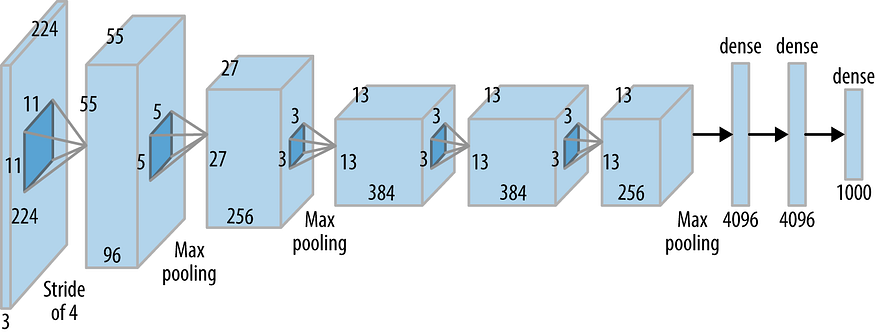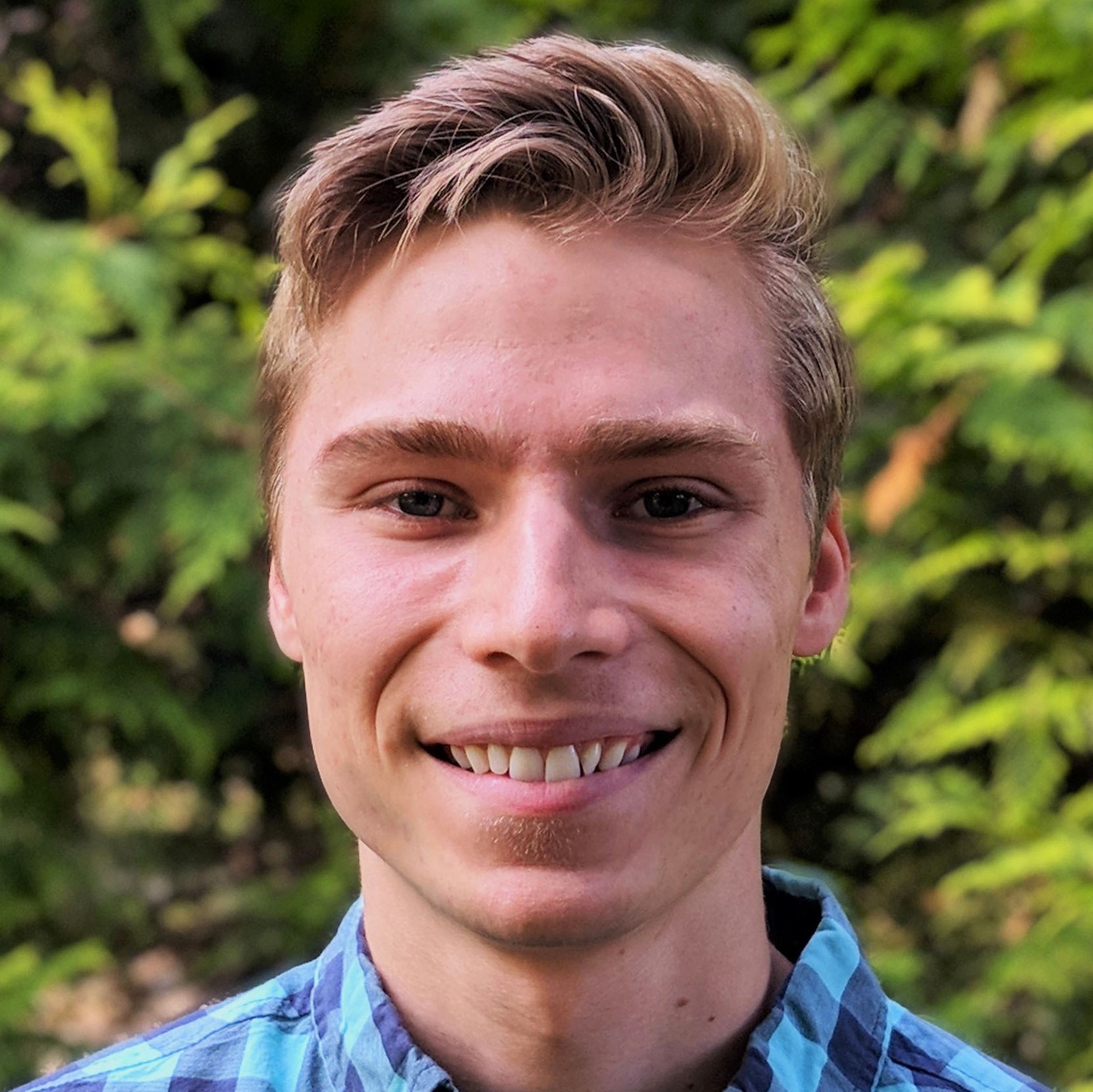Week of August 2nd
What I did
- Made a word cloud from my facebook messenger data. I realized that this was on my resume, but I never actually did it. It only took a day, since I already had the data and a solid understanding of its organization.
- I’ve been going through the Deep Learning practice exam as well as one I found from Stanford in preparation for my final next week.
- I took a break from studying by doing some coding challenges. I wrote linear regression (both with
sklearnand from scratch), as well as calculating the Karl Pearson Correlation Coefficient (both withnumpyand from scratch).
What I learned
- There’s some known bug in the facebook encoding scheme of the JSON file. This could be a reason why my chatbot was spitting
out nonsense, though I suspect there are more issues with the chatbot project that I need to address. From what I found on the web,
the JSON is encoded in
uft-8, but gets decoded aslatin-1, before being loaded asutf-8. To remedy this, reversed the process; I loaded the JSON, then went through line by line, encoding it inlatin-1, then decoding it asutf-8again.
def parse_obj(obj):
for key in obj:
if isinstance(obj[key], str):
obj[key] = obj[key].encode('latin_1').decode('utf-8')
elif isinstance(obj[key], list):
obj[key] = list(map(lambda x: x if type(x) != str else x.encode('latin_1').decode('utf-8'), obj[key]))
pass
return obj
with open(sarah_json1) as f:
fixed_json = json.load(f, object_hook=parse_obj)
df = pd.json_normalize(fixed_json["messages"])
- I’m still facing issues with apostrophes. These don’t seem to be decoded correctly. I still have
u'\u2019'(i.e. right single quotation marks) that show up. I can’t seem regex-replace them. This is particularly troublesome for this project because the word-cloud package interprets that symbol as cause to split the word in too. Thus, it’ll split a word like'they'reintotheyandre. TheSTOPWORDSpackage removestheyfrom the cloud, but obviouslyreisn’t a word, but it is super common sincethey'reis a common word. For now I’ve just added all the phonemes that follow apostrophes to the list of stop-words, but I need to fix this issue for the chatbot training data.
L1 vs L2 regularization
- L2 regularization is often referred to as weight decay, because:
where $\alpha$ is the learning rate, $\lambda$ is the regularization hyper-parameter, and J is the cost. Every iteration the weights are pushed closer to zero since your multiplying the weights by a number \(<1\). For L2, we have:
\[\text{L2 cost} = \Sigma (y_i - y)^2 + \lambda * \Sigma(W)^2\]L1 regularization is just the same as above, but with an absolute value for the regularization term instead of a square. L1 is known as LASSO (least absolute shrinkage and selection operator), because it shrinks the less important features’ coefficients to zero. This is because for small values \(abs(w)\) is a much stiffer penalty than \(w^2\). Thus, L1 is thus a good choice when you have a ton of features.
Famous Network Architectures
- AlexNet
- CNN first used with huge success in predicting IMAGE-NET (1000 classes).
- 5 convolutional layers, 3 fully-connected layers, ReLU activations

- VGGNet
- CNN with a reduced number of parameters in the convolutional layers.
- VGG16 refers to the fact that it has 16 total layers.
- Each Conv kernel is 3x3 and each maxpool kernel is 2x2 with a stride of two.
- The idea is that one
5 X 5kernel is the equivalent of two3 x 3kernels (no padding and stride of 1 on an input of5 x 5 x 1). Or one7 X 7can be replaced by three3 X 3, or one11 X 11can be replaced by five3 X 3kernels.
- ResNet
- Solves the vanishing gradient problem by using “shortcut connections.”
- These residuals blocks allow you to pass gradients back from deeper in the network.
- Allows you to build deeper networks and still have it train better on the training set.
- Pearson Correlation coefficient:
Here, the top term is the covariance of x and y
\[cov(x,y) = \frac{\Sigma\left[(x-\bar{x})(y-\bar{y})\right]}{N}\]and the bottom terms are just the standard deviation of x and of y.
\[\sigma(x) = \sqrt{\frac{\Sigma(x-\bar{x})^2}{N}}, \hspace{2em} \sigma(y) = \sqrt{\frac{\Sigma(y-\bar{y})^2}{N}}\]What I will do next
- It might be more interesting to make word nets for each part of speech. I found some code I wrote earlier that uses word net to split the message corpus into parts of speech.
